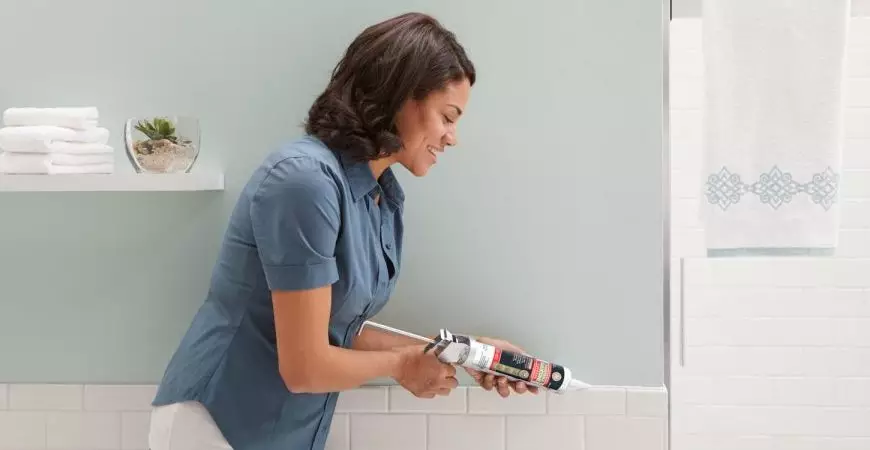Durable Metal and Vinyl Strip Weather Seals for Enhanced Energy Efficiency
ਅਗਃ . 19, 2024 16:14 Back to list
Durable Metal and Vinyl Strip Weather Seals for Enhanced Energy Efficiency
Understanding Metal vs. Strip Weather Seals A Comprehensive Guide
When it comes to ensuring optimal energy efficiency and comfort in our homes and buildings, weather seals play a crucial role. Among the various types of weather seals available, metal and strip seals are two prominent options. Each has its own advantages and applications, making it essential to understand their differences and suitability for particular environments.
What is a Weather Seal?
Weather seals are materials used to block the passage of air, water, dust, and noise between indoor and outdoor environments. They are commonly installed on windows, doors, and other openings to improve insulation and reduce energy costs. Properly applied weather seals can significantly enhance comfort by maintaining a consistent indoor climate, while also extending the life of HVAC systems.
Metal Weather Seals
Metal weather seals, often made from aluminum or stainless steel, are known for their durability and strength. They provide a robust barrier against the elements, making them ideal for high-traffic areas or for buildings in extreme weather conditions. Metal seals can withstand heavy loads and do not wear out easily over time, making them a long-lasting option.
One of the major advantages of metal weather seals is their ability to provide excellent resistance against fire, pests, and corrosion. They can also be customized to fit unique architectural designs, providing both functionality and aesthetic appeal. However, installation can be more complex than other types of seals, and they may require professional help to ensure a perfect fit and seal.
Strip Weather Seals
metal v strip weather seal product

Strip weather seals, usually made from materials such as rubber, vinyl, or foam, are characterized by their flexibility and ease of installation. These seals are widely used in residential applications due to their cost-effectiveness and simple DIY installation. Strip seals conform well to uneven surfaces, providing a tight fit that minimizes air leakage.
One of the primary benefits of strip weather seals is their ability to insulate against sound and temperature changes. They are particularly effective in reducing drafts in older homes or buildings with worn-out frames. However, strip seals may not offer the same level of durability as metal seals, especially in high-traffic areas where they can be easily damaged or degraded over time.
Choosing Between Metal and Strip Weather Seals
The choice between metal and strip weather seals largely depends on specific needs and circumstances. If you are looking for a long-lasting solution that can withstand harsh conditions, metal weather seals may be the best option. They provide unparalleled durability and protection but may come at a higher initial cost and require professional installation.
On the other hand, if you're managing a budget or tackling a DIY project, strip weather seals can offer a practical solution with their ease of installation and flexible application. They perform well in residential settings, especially for areas that do not endure extreme weather.
Conclusion
Ultimately, both metal and strip weather seals play essential roles in enhancing energy efficiency and comfort. Evaluating your specific requirements—such as the environment, traffic levels, and desired longevity—will guide your decision in selecting the appropriate weather seal. By making an informed choice, you can ensure optimal protection and performance for your building, contributing to both comfort and energy cost savings in the long run.
-
Best Window Seal Strip Adhesive Companies: Strong, Durable Seals
NewsAug.25,2025
-
Karcher A2004 Wet & Dry Vacuum Filter: Premium Replacement Cartridge
NewsAug.24,2025
-
Premium Vacuum Filter for Karcher VC 4, VC 6, VC 7 & Tineco A10, A11
NewsAug.23,2025
-
Hi-Flo HF155 Oil Filter KTM 250 EXC Racing 03-06 | OEM 580.38.005.000
NewsAug.22,2025
-
Leading LED Neon Rope Light Outdoor Companies & Exporters
NewsAug.21,2025
-
Top Window Seal Strip Adhesive Manufacturers & Suppliers
NewsAug.19,2025
